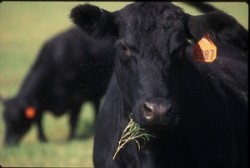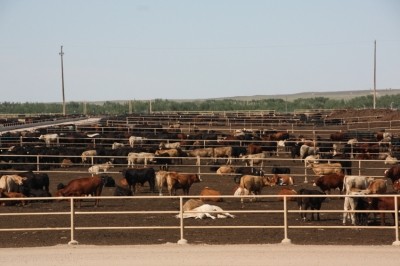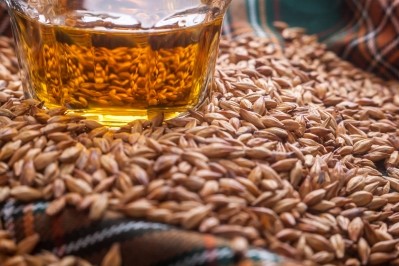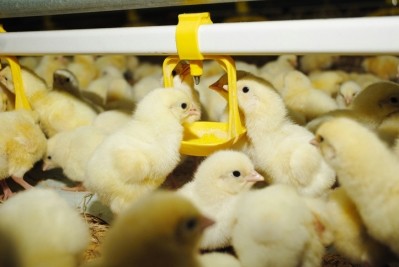Boosting US winter cattle feed for energy, protein

Cold or wet winter weather may mean that US producers need to supplement cattle feed, said Travis Meteer, beef extension educator with the University of Illinois.
As many Midwestern producers saw damage to their forage stocks additional protein may be necessary to bring cattle through the winter in good condition, he told Feed Navigator.
The cost of a diet for a 1,300lb cow could run from about $0.94 a day to $5 a day depending on feed and supplements used, reported the extension agent. Higher cost solutions involved greater use of alfalfa.
“Luckily feed prices are moderate, and producers can supplement some of these poor quality forages without breaking the bank,” he said.
Ways/times to boost
“The talk has been that hay is poor and producers have seen some decrease palatability and cows are eating a little less than normal,” said Meteer. “But, hopefully, those that have realized that are beginning some type of protein supplementation or grain.”
This year, corn may be a cost effective way to improve protein content in damaged forage or hay, said Meteer.
“It’s a good energy supplement and it’s convenient,” he said. “The Midwestern cattle guys are often involved in row cropping, so they’ve got corn on the farm and it’s worth less than it may have been in the last four or five years.”
However, some producers have gotten used to other supplement products like soybean hulls and corn gluten feed, he said. “A lot of those co-products would be priced at a percentage of corn or [be] competitive pricewise,” he added.
Another way to tell if cattle need more protein is to check their manure, he said. “If it’s stacked up and dry they’re likely under feeding protein,” he added.
In addition to damaged hay, the wet weather may offer an additional reason to supplement cattle feed, said Meteer.
When cattle have their dense winter hair coat, they can handle temperatures down to about 18 degrees Fahrenheit, he said. Anything below that would start adding cold stress.
However, when cattle are damp cold stress can set it at temperatures around 59 degrees Fahrenheit, he said. Complications from damp conditions are not always taken into consideration.
“Though in December the temperatures were warmer, cold, wet rain may have been just as detrimental,” he said. “Cattle may have used their energy reserves.”
Additionally, deep mud in pastures also can wear down cattle’s energy reserves, he said.
“The key for producers would be to monitor the cows’ body condition scores,” said Meteer. “If they do see that some of those cows are thinner or have lighter body condition, then they need to look into some type of supplementation.”
Unlike the need for additional protein that could stem from damaged hay, stressed cattle may need a feed additive that offers energy or nutrients, he said.
“The most cost effective options [include] modified wet distiller’s grains or wet corn gluten feed followed by dried distillers grains with solubles and corn grain fits in there too,” he said.
Supplementing distillers grains, corn or corn gluten feed also would add protein and might be the most effective feed option for producers concerned about both cattle energy reserves and damaged hay, he said. Corn silage also could be a good option for adding energy.








